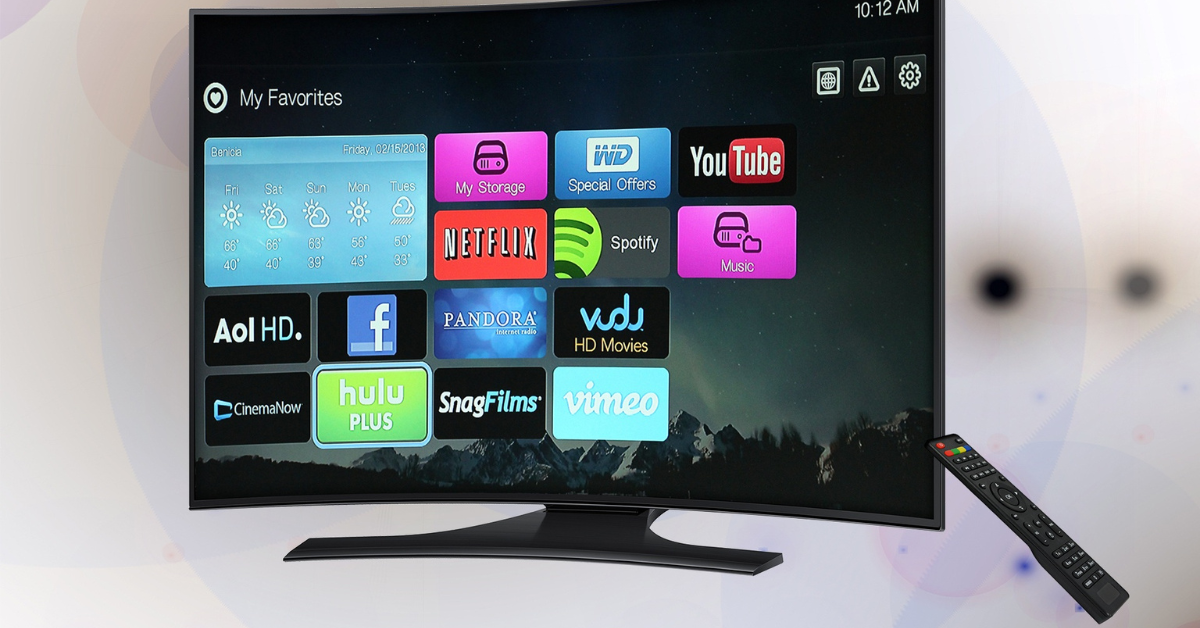Beyond Clicks: How Radio Advertising Fuels Online Performance
Why Businesses Misattribute Web Traffic Generated by Radio
Many businesses assume that web traffic surges are driven exclusively by digital ads, overlooking the role of offline media like radio.
This misattribution occurs because traditional digital tracking models rely on immediate responses—clicks, conversions, and form fills.
However, radio's influence operates on a delayed response curve, meaning the impact of an ad is often attributed to another channel simply because it happens hours later (Radiocentre and Colourtext).
A comprehensive study found that 92% of radio's effect is missed by standard attribution models because it occurs outside the short-term response window.
On average, radio-driven web traffic builds up over 19 hours after an ad airs, with only 8% of responses occurring in the first 20 minutes (Radiocentre and Colourtext).
This means that when a consumer hears a radio ad in the morning and searches for the brand later that evening, traditional analytics platforms credit the search ad or direct traffic—rather than recognizing the radio spot as the true source of engagement (Radiocentre and Colourtext).
The Role of Delayed Responses and Parallel Listening in Consumer Behavior
Unlike digital display ads, which can generate instant clicks, radio operates through subconscious brand reinforcement and delayed response patterns.
This is largely due to parallel listening—the tendency of consumers to engage with radio while performing other tasks such as driving, working, or cooking.
📊 Key Behavioral Insights from Radio Studies:
- Parallel listening reduces immediate action-taking, as listeners are often engaged in non-digital activities (Radiocentre and Colourtext).
- Consumers are more likely to recall and act on a radio ad later, rather than instantly clicking a link (Kite and Roach).
- Short-term, spot-by-spot response attribution fails to quantify the full effect of radio ads, as their impact is realized over multiple hours or days (Radiocentre and Colourtext).
This means businesses that rely solely on immediate click-through rates (CTR) to measure ad performance are significantly underestimating radio's effectiveness.
Instead, radio advertising should be evaluated using multi-touch attribution models that account for delayed and indirect responses (Radiocentre and Colourtext).
Data-Backed Case Studies: How Radio Uplifts Digital Performance Metrics
To better understand radio’s impact on digital performance, researchers analyzed real-world data from multiple brands running integrated campaigns.
The results showed that radio acts as a powerful demand-generation tool, driving increased search activity, website visits, and conversions across multiple digital channels.
📈 Key Findings from Demand-Generation Media Studies:
- Radio increased daily web sessions by an average of 9% when correctly attributed (Radiocentre and Colourtext).
- Radio accounted for 36% of total media-driven web traffic uplift, proving its significant contribution to digital performance (Radiocentre and Colourtext).
- Radio was twice as cost-efficient as other demand-generation media, delivering a stronger return per dollar spent (Radiocentre and Colourtext).
✅ How Radio Boosts Key Digital Channels:
- Organic Search Referrals: Increased by 20% when brands allocated more budget to radio (Radiocentre and Colourtext).
- Paid Search (PPC) Performance: Improved by 7% as radio listeners searched for brands after hearing an ad (Radiocentre and Colourtext).
- Paid Social Engagement: Saw a 10-13% uplift when budget was reallocated from other media to radio (Radiocentre and Colourtext).
These findings reinforce that radio does not compete with digital—it amplifies it.
Businesses that integrate radio into their omnichannel strategy see better overall performance across their search, social, and paid media investments (Kite and Roach).
The Takeaway
Marketers who focus only on click-based attribution models are missing a major part of the story.
Radio advertising creates brand demand that often materializes hours or even days later, leading to significant misattribution in web analytics (Radiocentre and Colourtext).
By adopting advanced measurement techniques—such as multi-touch attribution, regression modeling, and tracking long-term web traffic trends—businesses can unlock the full value of radio as a digital performance driver (Kite and Roach).
Works Cited
Kite, Grace, and Tom Roach. The Performance Plateau: When Performance Activity Is No Longer Enough. Radiocentre, 2022.
Radiocentre and Colourtext. Radio: The Performance Multiplier. Radiocentre, 2022.



